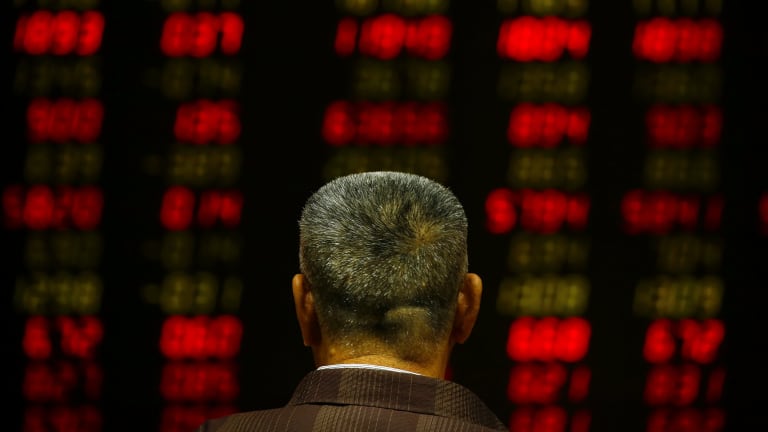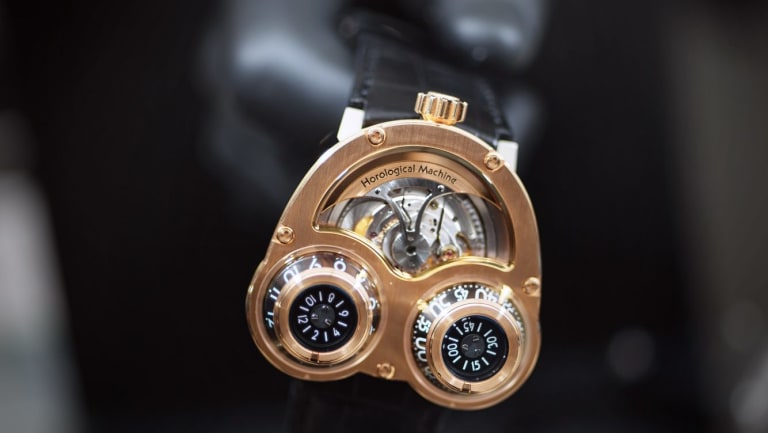Millionaire migrants pouring into Australia
The number of millionaires streaming into Australia has surged to 7260 in the past year, new figures show, delivering a multibillion-dollar investment boost as Australia becomes the destination of choice for thousands of the world’s wealthiest individuals.
The Department of Home Affairs data challenges claims that Australia’s high-income tax rate is discouraging international investors as an Asian-led millionaire boom drives investment in Sydney and Melbourne.
Visa applications in the Business Innovation and Investment Programme, which includes investors with more than $1 million in business assets, jumped by 74 per cent in 2016-17 up from 5781 to 9051. Of those 7260 were approved, compared to 6484 in 2014-15.
In the same category, a fast-track visa allows the government to plough foreign cash into local projects in exchange for residency rights in as little as 40 days without the person passing an immigration test of their education, English proficiency and employment qualifications.

The “significant investor stream” asks investors to stump up $5 million for Australian bonds, shares and venture capital projects. By March 2018 up to 2000 had been approved, delivering a $10 billion windfall to the Australian economy, despite a slow-down after property was excluded from the category in 2015.
Education opportunities, a favourable climate, the safety of women and political security were among the top reasons cited by investors in the New World Wealth survey of high-net worth clients.
“The high growth recorded in Australia and New Zealand is particularly impressive, as these countries are already well developed markets – they both make our top 10 wealth per capita rankings worldwide,” the report for 150,000 investors found.
“Normally countries that start from a ‘high wealth per capita base’ struggle to record this type of wealth growth.”
The report said Australia had a net-inflow of 10,000 millionaires in 2017. The Department of Home Affairs confirmed “high wealth individuals may also be granted visas through other visa classes [outside the business and innovation programme]” to explain the difference between the two figures.
“This is in a year where, Australia’s top marginal tax rate was relatively high [45 per cent] and cut in at a relatively low income [$180,000]. Singapore, with its very famous 15 per cent tax rate, only attracted a thousand millionaires.”
The report found the political instability of Brexit had been a boon for millionaire migration to Australia, as well as the relative strength of the local healthcare system compared to the US and the absence of inheritance taxes.
Australia’s proximity to Asia and its time zone were also cited by wealthy Asian migrants as key factors behind their decision.
Deepening political tensions between China and Australia appeared to have no impact on private Chinese migration in 2016-17, with the mainland remaining Australia’s number one millionaire source, closely followed by Hong Kong.
China accounted for 90 per cent of all high-net worth investors coming to Australia in 2016-17, with the remainder made up by Malaysia, South Africa and Vietnam, a rapidly emerging market that has seen a 200 per cent growth in the number of high-wealth individuals over the past year on the back of a manufacturing and financial services surge.
“Australia has fresh air and pleasant climate for living,” he told Fairfax Media through a translator.
LRG lawyers migration manager Mark Ryan said the visa was attractive to astute investors.
“If you had $5 million why would you not just do that? All you have to do is show up for 40 days,” he said
“It’s a great visa, they don’t have to come and work, it gives them the flexibility to invest $5 million, and then their kids can go to school here.”
“The program has to be designed to meet the Australian economy’s needs,” he said. “The expectation from the Australian community is that migrants have competent English, I don’t think that is unfair.”
New wealth, new lifestyles

Fly fishing, hotel run apartments and watch collecting. These are just three of the top trends for multimillionaires globally, according to the AfrAsia Bank, which runs market research for its 150,000 high-net worth clients.
Luxury trains including the Orient Express and the Royal Scotsman – costing up to £10,000 [$17,000] per person for a grand suite – have become a favoured mode of travel.
Among the sports, golf, tennis and horse riding have declined in popularity, while fly-fishing expeditions to Argentina, Alaska and New Zealand have grown.
The New York inspired “hotel residence” has gone global, allowing the ultra-wealthy to own a hotel room in places such as One Hyde Park in London, essentially allowing the owners permanent access to boutique services.
Art and classic cars also remain at the top of the investment lists. A $US24 million 1960 Ferrari 250 GTO is the most desired among the world’s millionaires, while AfrAsia Bank estimates that up to $US75 billion of fine art is now owned privately by the ultra-rich.
